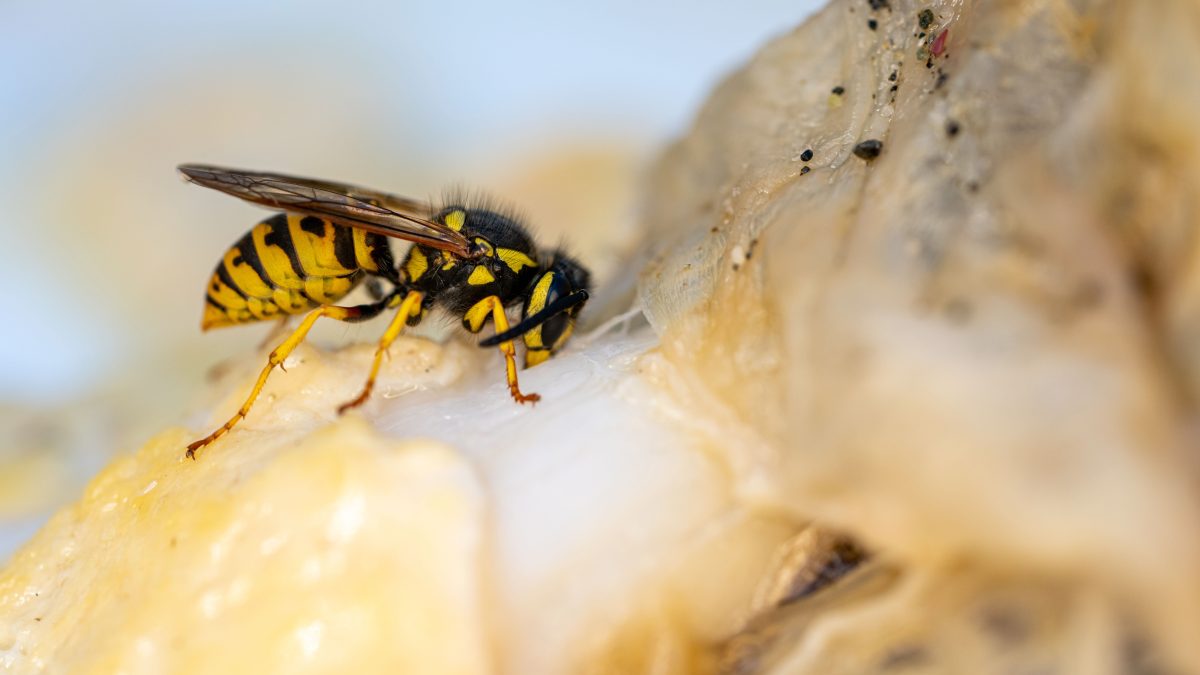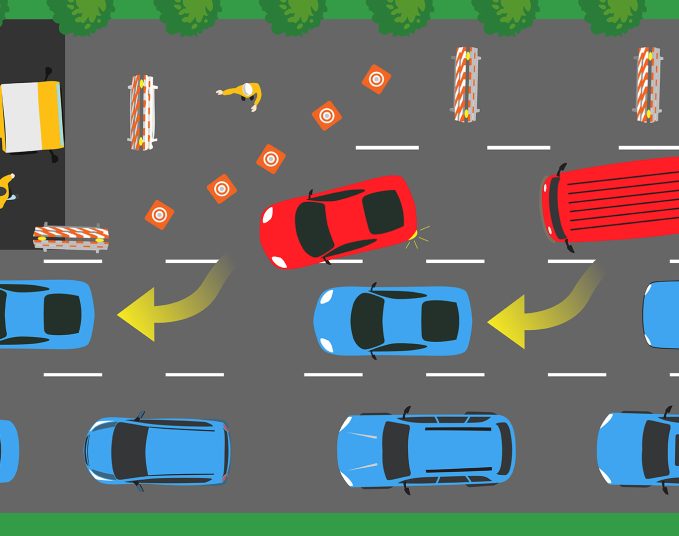In the Avengers comic books, Yellowjacket is a good guy, whose mental illness and jealousy drives him to be a bad guy. He goes back and forth, good and bad, a genius scientist who’s emotionally unstable and, well, easily manipulated.
In other words, he’s often misunderstood, just like the bug that’s his namesake.
Chances are you’ve seen a lot of yellowjackets lately. They’ve buzzed around your picnics. There seem to be a lot of them in your yard. Maybe you’ve even come across a nest. According to the City of Edmonton, crews have already removed 374 yellowjacket nests in 2024, “and are in the process of removing more.” In 2023, the City removed a total of only 121 nests.
So, what gives? What has made Edmonton a haven for yellowjackets?
“This is the time of year that we get lots of wasps,” says professor Maya Evenden, a bug expert with the University of Alberta’s Department of Biological Sciences.
But she said, despite the numbers, it’s too early to say if we’re seeing a boom in the wasp population or not.
Why do we notice them more in late August and through September? Well, most of the larva have reached adult stages. But, it’s not as easy for the yellowjackets to find food as it was in July. So, they look to humans for easy meals. They love sweet drinks and protein (you might even see one perch on a steak, if you’re eating in the backyard).
Basically, they’re just being wasps. And, this time of year, they tend to get a bit… moody? My daughter was at Lake Summerside this past weekend, paddleboarding with friends. The parents were at a picnic table. A couple of us got stung. It felt like our spot had become Grand Central Station for stingers.
“As wasp nests grow bigger throughout the hot and dry summer months, and larval production starts to gear down for the fall, many of the older workers get demoted from foraging to nest guarding,” wrote Mike Jenkins, the City of Edmonton’s senior staff scientist. “These guards tend to be a tad cranky, and are often more inclined to sting than they were earlier in the year.”
And what really sets them off is if you try and shoo them away. Really, the best strategy is to keep calm and carry on — it’s just that many humans aren’t hard-wired to do that. We react by freaking out.
“Try not to swat them,” says Evenden. “They also produce signals for their colony mates if they are agitated. They recruit their sisters to help them in their defence.”
So, one angry yellowjacket will become a team of yellowjackets. Wasps are social and believe in team defence.
“Yellowjackets can sting multiple times, injecting venom and often releasing chemicals that will make any other yellowjackets in the area angry and more apt to sting as well,” wrote Jenkins.
Seriously, you can’t win. Don’t try. A few years back, my son stepped in the wrong place in the school yard, and he was sent home because of multiple stings to his face.
The thing is, as much as we don’t want yellowjackets near us — they play important roles. Evenden points to the fact that they’re pollinators, and they also prey on a lot of the bugs that eat our precious plants. They do far more good than harm.
So, while Evenden says that over-the-counter traps do work — and that you can make a homemade wasp trap by putting sugary water in a two-litre pop bottle with a bit of dish soap — as a bug enthusiast, she’s a believer in prevention, not insecticides. If you have a fruit tree, make sure that it’s harvested. Rotting fruit is a big wasp attractor. Cover your food if you’re eating outside.
But she understands that, for some, wasps are a major problem. “It depends on your level of concern,” she admits. So, if you find that you have a lot of wasps, you’re not going to get to the root of the problem until you find the nest — and then take steps from there.
And, if you’re planning a backyard barbecue or picnic, understand that, at this time of year, wasps will be there. Just like you plan ahead for having to deal with that annoying uncle of yours at a family dinner, plan for the stingers.
“One of the best ways to keep wasps from your table is to give them their own picnic,” wrote Jenkins. “Put a dish or open container of sugary sweet pop or fruit juice out in a far corner of the yard – strongly aromatic flavours such as orange or root beer seem to work best. Put it out in the sun to warm up and release the scent far and wide. Given the choice between the well-guarded can of pop in your hand or the open pop in the corner, most wasps will head for one with less competition.”
Savvy AF. Blunt AF. Edmonton AF.




